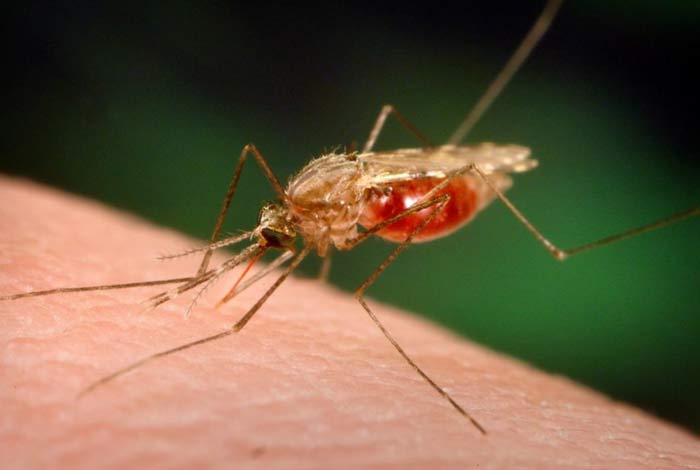
Anti-malarial drugs got new targets identified by a NIH study

Plasmodium falciparum is one of the deadliest malarial parasites responsible for maximum malaria-related deaths globally. As found by a study funded by National Institutes of Health (NIH), this parasite requires two proteins, with which, it infects the red blood cells and exits after multiplying. According to the researchers, this finding may be helpful in the development of new drugs for treatment of malaria.
In the study, researchers worked to find out the function of plasmepsins IX and X. These two among the 10 proteins produced by Plasmodium falciparum parasite for various processes like metabolism. Researchers prepared the malaria parasite without plasmepsin IX and X proteins under laboratory conditions and compare it with the parasite containing both the proteins.
The researchers discovered the presence of plasmepsin IX in rhoptries and plasmepsin X in exonemes. Rhoptries are specific cell structures within the parasite that promote the invasion of red blood cells, while exonemes are small vesicles in parasite that help it leave the infected cells. The team’s findings also included SUB1, a significant protein processed by plasmepsin X. When parasite lacks plasmepsin X, it fails to infect or leave the red blood cells.
Moreover, three experimental drugs to cure malaria were also identified by the researchers that can target plasmepsin X. One of these drugs is CWHM-117 that has already been tested on a malaria-infected mouse and is still under study for modification to enhance its efficacy. Besides, the parasites that lack plasmepsins can be used to identify other anti-malarial drugs by utilizing them to screen the candidate drugs.
The study was conducted in fractions by researchers from the NIH’s National Institute of Child Health and Human Development (NICHD) and Washington University School of Medicine in Saint Louis. In addition to NIH, the research was funded by National Institute of Allergy and Infectious Diseases, the National Heart, Lung and Blood Institute, and the National Institute of General Medical Sciences.





